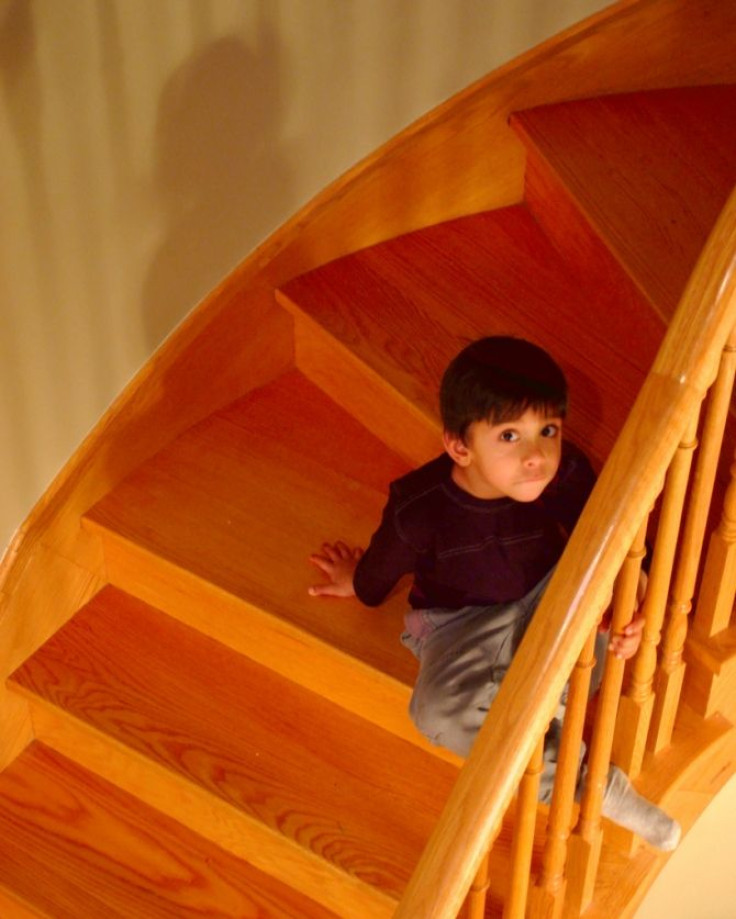Stairs Are Dangerous for Kids, A Tot Goes to ER Every 6 Minutes for Stair-Related Injury

While fewer children are hurting themselves on stairs compared to a decade ago, researchers said that a child younger than 5 goes to the emergency department every six minutes because of a stair-related injury, according to a new study.
Co-author Dr. Gary Smith of the Research Institute at Nationwide Children's Hospital in Columbus, Ohio and his team estimated that in 2008, 89,619 young children were treated for stair-related injuries.
"Increased prevention efforts are needed, including parental education and improved stairway design, to decrease stair-related injuries among young children," they wrote.
The researchers said that the exception to the rule is that if there will be no young child living or visiting in the home.
"We should build environments where we know children will live or visit so that they're safe for children," Smith told Reuters Health.
The researchers said that there should be built-in gates at the top and bottom of the stairs and handrails that are easy to grip firmly.
Smith and his team collected data from about 100 hospitals that had reported descriptions of all those who had visited their emergency department between 1999 and 2008, and paid special attention to children who were under five.
During that time, researchers found that about 47 out of every 10,000 young children, about 93,000 in total, were injured on the stairs every year from tripping, being dropped by a caretaker or by riding a bike down the stairs.
However the rate of injuries dropped by 11.6 percent during the span of the study and there was also a reduction in the annual rate from 53 to 42.4 per 10,000 children.
The authors found that that largest proportion, at about 32.4 percent of total injuries, was among 1-year-old children.
The findings also showed that injuries were more common among boys of all ages compared to girls, and about a third of injuries were soft tissue injuries and more than 75 percent were head and neck injuries.
While the majority of injuries were not serious, about 10 percent of injuries had resulted in a broken bone and3 percent required hospitalization.
"Caretakers should minimize stair use while carrying children by placing the child in a safe place instead of bringing the child with them if possible," the authors wrote. "Child caretakers can also reduce injuries by keeping the stairs well maintained and free of objects that could result in tripping."
Smith and his research team said that improving stair design and construction, discouraging children from playing of carrying objects while walking on the stairs, refraining from using baby walkers, and using but not relying on safety gats on the stairs will prevent stair injuries and continue the overall trend of the decline of such injuries.
The findings are reported online in the March 12 issue of Pediatrics.



























